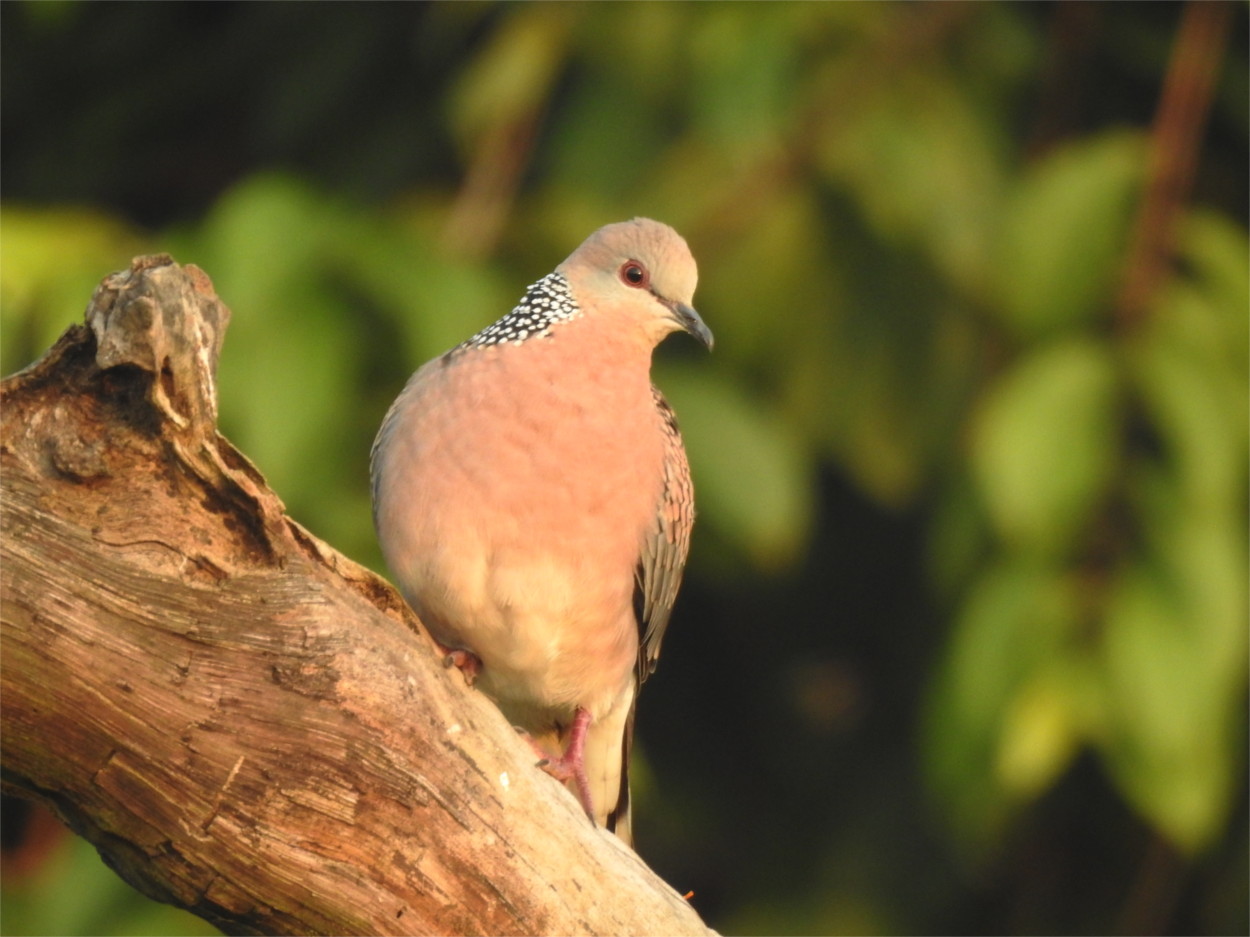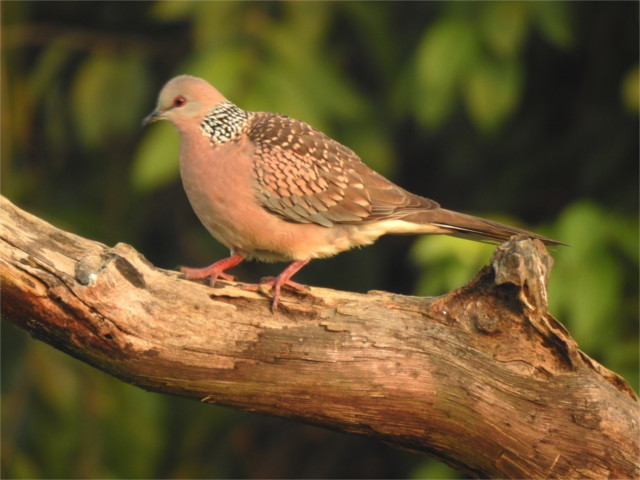Calotropis procera (Asclepiadaceae) is an erect spreading shrub, commonly 1–2 m in height (maximum 5.5 m), that reproduces by seeds. It’s commonly known as Giant milkweed/Apple of Sodom and is native of Israel. C. procera leaves are opposite oblong-ovate to nearly orbicular, short-pointed to blunt at the apex with heart-shaped base, 7–18 cm long and 5–13 cm broad, slightly leathery, and have a fine coat of soft hairs. Flower clusters are umbelliform cymes that grow at or near the ends of twigs. Flowers are 1–1.5 cm long, fleshy and variable in color from white to pink, often spotted or tinged with purple. The fruits are 8–12 cm long, inflated, obliquely ovoid follicles that split and invert when mature to release flat, brown seeds with a tuft of white hairs at one end
Gyan Sharma, Manoj Kumar, Akhilesh S. Raghubanshi
Can an amateur give a more concise description of this tall plant that you see on roadsides across India? I would doubt it. Sharma, Kumar, and Raghubanshi’s main thrust in that paper is neither a description of the invasive plant, nor a further exploration of its origin, but a study of how it spreads. Each plant produces several thousand seeds a year, and they are carried by the wind. So one might naively expect that the plants spread uniformly around the original site of the founder population. The three authors find that they are actually carried much faster along roads, leapfrogging from one urban area to another along highways, and somewhat slower (but still faster than the wind) along secondary roads. They conclude that control of the weeds in urban areas is needed to control its spread to the rural areas where it poses a toxic threat to cattle.
I wasn’t aware of the economic damage that the Apple of Sodom (Calotropis procera) does when I took the photo above. I was more interested in my repeated observation over years that there are always these large black ants crawling over the flowers (I don’t know what species they are). In Israel two carpenter bees are the exclusive pollinators of the flower. The green cap at the center of the plant apparently exist to seal off the nectar from ants which would steal it. Which species pollinate these plants in India? The seeds of a plant may be carried in tires of vehicles, but unless the plant finds a local pollinator, it cannot become invasive.










